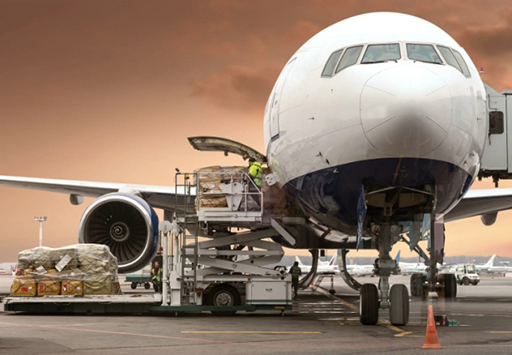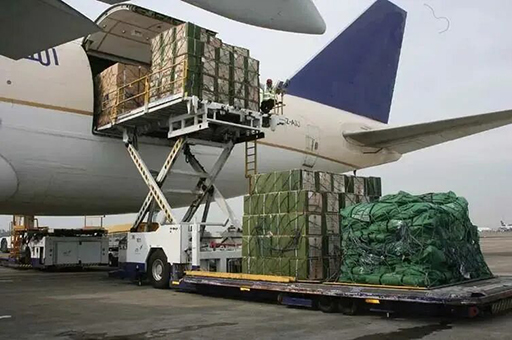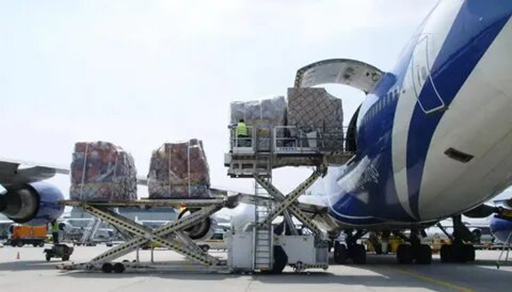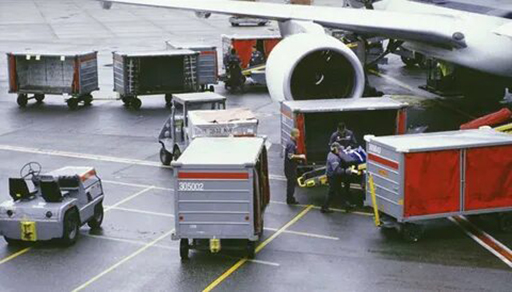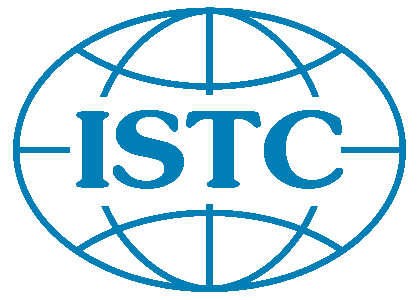Air transport Carriage of dangerous goods by air
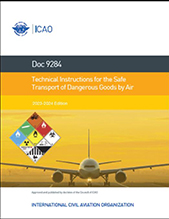
The key international instrument regulating civil aviation is the Convention on International Civil Aviation (Chicago Convention), adopted on December 7, 1944. The Convention established the basic principles of international aviation, in particular, the rules for flights over the territory of a member state, the principle of nationality of aircraft, facilitation of international flights, international standards and recommended practices. Annex 18 to the Convention on International Civil Aviation, entitled "The Safe Transport of Dangerous Goods by Air", introduced the concept of "Technical Instructions for the Safe Transport of Dangerous Goods by Air" (Doc 9284). These instructions are approved and periodically reissued in accordance with the procedure established by the ICAO Council. The ICAO Technical Instructions for the Safe Transport of Dangerous Goods by Air are harmonized with the UN Model Regulations for the Transport of Dangerous Goods, but have their own specifics, taking into account the special conditions of air transport. The main features of air transportation conditions are changes in atmospheric pressure at high altitudes (including jump in pressure in the event of emergency depressurization of the aircraft cabin), vibration inherent in aircraft flight, jumps in ambient air temperature, operational overloads up to 3g, and in an emergency up to 9g and higher. But the main thing, in contrast to ground modes of transport, is the confined space on the aircraft, the practical impossibility of releasing cargo that has begun to show its hazardous properties in flight, and the limited possibility of using fire extinguishing equipment and neutralization of toxic, radioactive and corrosive substances.
Any person involved in the carriage of goods by air must undergo training in order to ensure the ability to perform the duties assigned to him (clause 4.2 of Chapter 4 of Part 1 of ICAO TI Doc 9284).
Air transport is an integral part of the transport and logistics infrastructure of Russia. The procedure for transporting dangerous goods in the Russian Federation is regulated by both the International Convention on Air Law and Russian national transport legislation, in particular, Article 113 of the Air Code of the Russian Federation
№
60-FZ dated March 19, 1997 (as amended).
In addition to the ICAO Technical Instructions for the Safe Transport of Dangerous Goods by Air, there are many ICAO rules and instructions, but they all contain two main principles: 1. No one can accept goods for transportation if they are not identified, not classified, do not have accompanying documentation and marking, danger signs, do not comply with aviation security requirements and technical instructions. In this case, their transportation by air is prohibited. 2. The application of ICAO rules and instructions is possible only if the personnel have realized the full degree of danger of transporting DG and thoroughly understood these rules.
The ISTC has developed a basic course on "Transportation of dangerous goods by air", which is intended for managers and personnel of shippers of dangerous goods, freight forwarders, personnel of cargo agents, operators and agents for ground handling of dangerous goods who accept dangerous goods, airline personnel for sales, booking and acceptance, packers, personnel of cargo agents, airlines and manufacturers of dangerous goods and means of their containment.
Upon completion of training, graduates of the courses who have successfully passed the exam receive certificates of personal development of the established form. Graduates with sufficient experience in working with dangerous goods may, upon their personal applications, be presented for certification by the International Dangerous Goods and Containers Association as Advisers on Safe Transport of Dangerous Goods by Air. The adviser's certificate is valid for 5 years.
